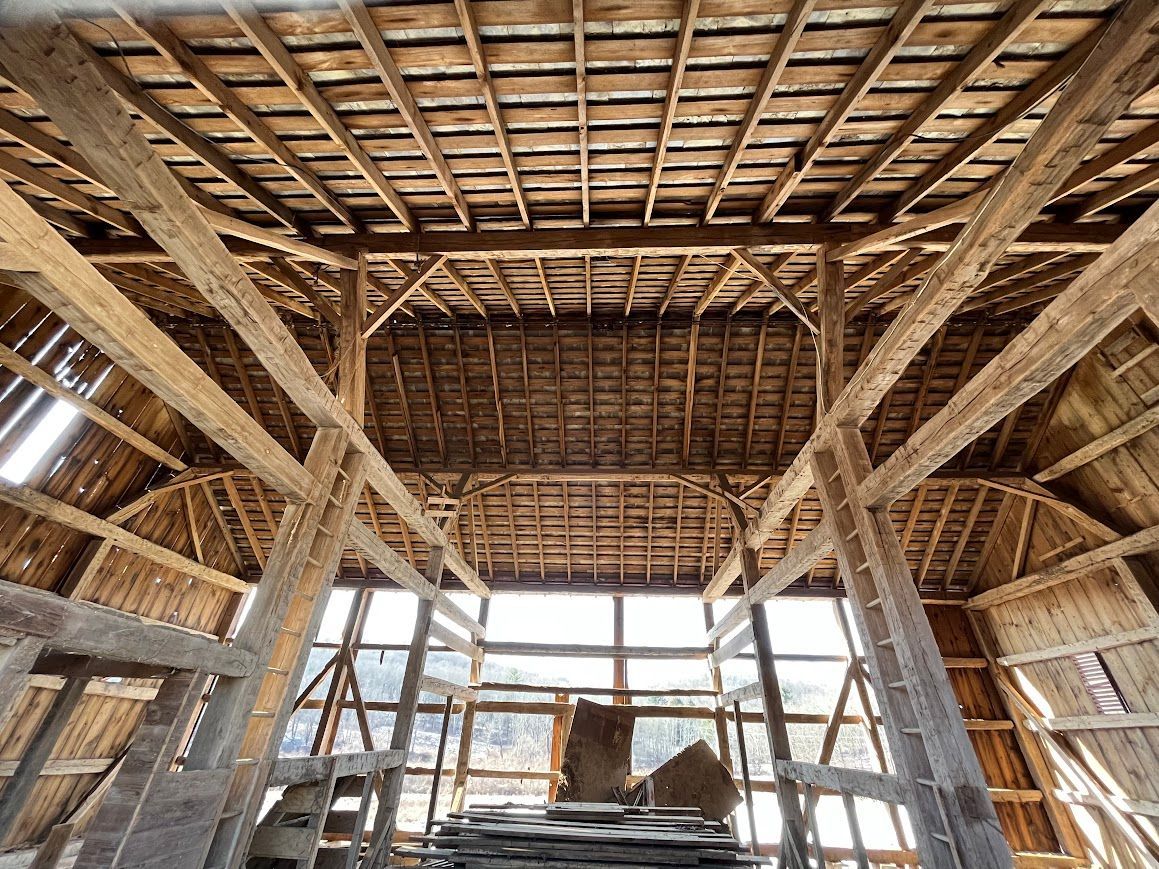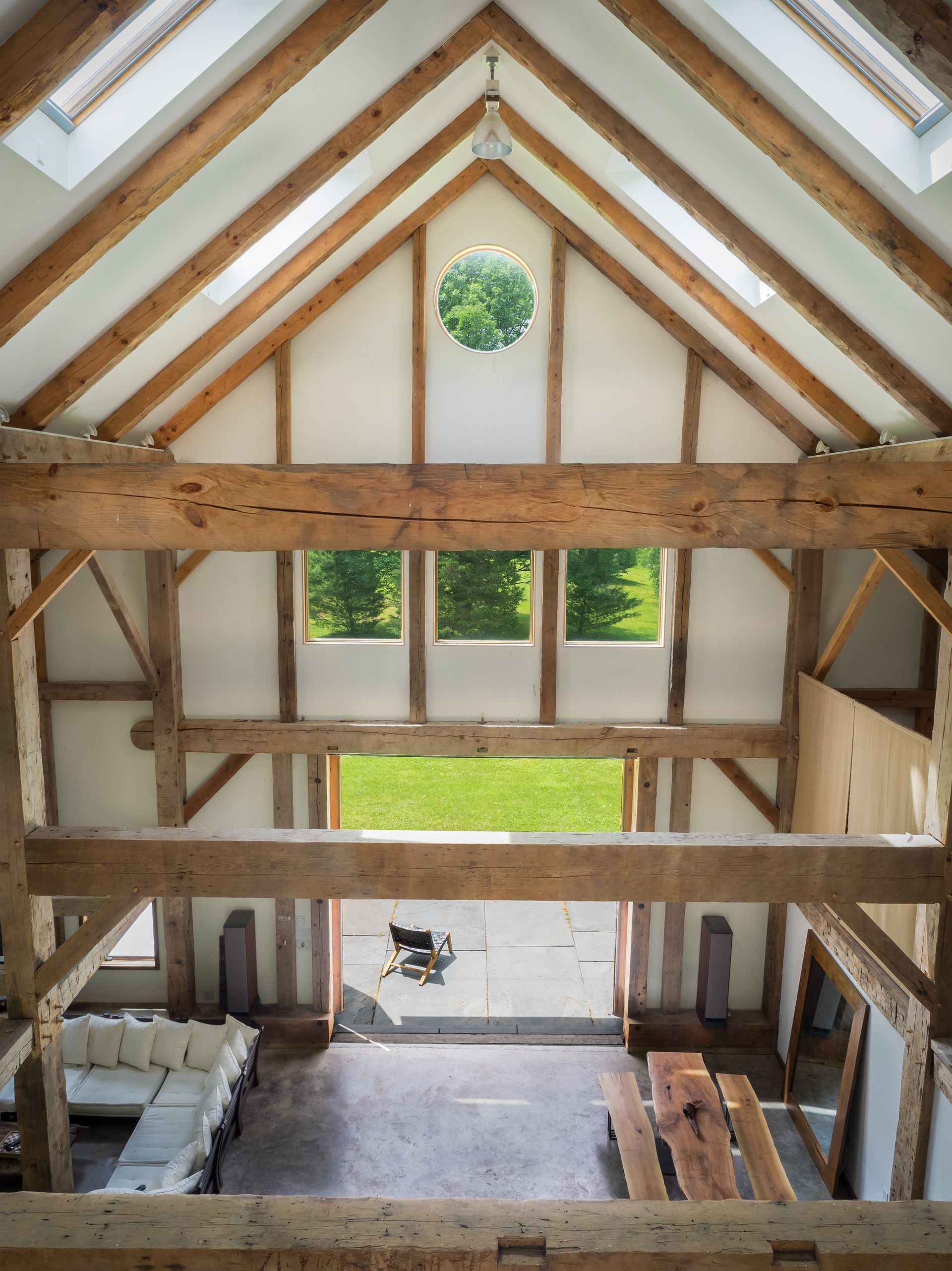The Truth About Timber Frame Homes That No One Tells You
Uncover the Hidden Facts About Timber Frame Home Living

When you look at pictures of timber frame homes in magazines or online, they seem like dream homes. They have high ceilings with beautiful exposed beams, huge windows with stunning views, and a cozy atmosphere that regular homes can't match.
But there’s more to timber frame homes than just the pretty pictures. If you’re thinking about owning one, it’s important to understand its true benefits and challenges.
Here’s what you need to know, based on real experiences from homeowners and experts.
The Hidden Benefits of Timber Frame Homes
They Make Spaces Feel Bigger
Timber frame houses don’t just look unique; they feel different too. The exposed beams and high ceilings make rooms feel much larger than they really are. That’s because your eyes go up to the beams, giving the space a sense of openness. Even smaller homes can feel roomy because of this design trick.
They’re Surprisingly Quiet
Timber frames aren’t just pretty; they’re great at keeping sound out. The thick wood absorbs noise, making these homes much quieter than regular-built ones. During storms or busy days outside, you’ll notice how peaceful it is indoors. If you’re dreaming of a serene escape, this soundproofing is definitely a plus.
They Work with Modern Designs
While timber frames are often tied to rustic or traditional styles, they can easily fit into modern homes, too. Since the frame is strong enough on its own, interior walls can be placed (or left out) however you like. This makes open-concept spaces easy to create.
Mixing old wooden beams with modern furniture and minimalist designs can produce a stunning look that feels both classic and fresh.
The Challenges Timber Frame Owners Face
Higher Costs Can Be Tricky
It’s true that building a timber frame home usually costs more than a regular house. The frame itself is about 15–30% more expensive. But this doesn’t tell the whole story. Other parts of the project can make up for it:
- Faster builds: Once the frame is up, walls and roofs go up quicker, saving money on labor.
- Savings on finishes: With the beams exposed, you don’t need as much drywall or extra finishing work.
- Lower energy bills: Timber frame homes are well insulated; in our experience, these homes have cut heating and cooling costs by 30–40%.
- Long lifespan: A timber frame home can last generations, reducing the need for big repairs.
Over time, these savings and long-term benefits often help balance the higher upfront costs.
Finding Skilled Builders is Tough
Not every contractor knows how to handle timber frames. Homeowners often struggle to find someone experienced in this type of construction. A builder without the right know-how might treat it like a regular house, which can lead to expensive mistakes. It’s worth interviewing several builders to find someone who knows their stuff.
Wood Changes Over Time
Wood isn’t static; it moves and shifts with changes in temperature and humidity. New timber frame owners are sometimes surprised by this. The beams can make creaking or popping noises as they adjust to the seasons.
Over time, the wood will dry out and settle, which might lead to slight changes in doorways or stair connections. A good design can help minimize these issues, but it’s important to expect some adjustments during the first few years.

What to Know Before You Commit
It’s More Than a House; It’s a Lifestyle
A timber-frame home is more than just a construction style. It reflects a way of life. Owners often describe feeling a deeper connection to their homes compared to regular builds. The natural materials create a warm, welcoming environment that encourages people to spend more time at home and even host gatherings more often.
Living in a timber frame house also means becoming the caretaker of something special. Repairs and maintenance feel less like chores and more like taking care of a legacy.
Choosing the Right Wood Matters
One of the big decisions when building a timber frame home is whether to use new or reclaimed (old) wood. Each has pros and cons.
- New wood: It’s easier to work with and has consistent quality, but it doesn’t have the same history or charm as reclaimed wood.
- Reclaimed wood: This has a lot of character and can add a unique story to your home. However, it may require extra work to ensure it’s strong and reliable.
Bay & Bent specializes in working with reclaimed wood. We travel the country finding old beams and frames from barns or factories built generations ago. Our team restores the wood, making it strong and safe for modern homes while keeping its history intact.
The Bottom Line About Timber Frame Homes
Timber frame homes resonate with people who value craftsmanship, natural materials, and sustainability. For them, these homes are worth the extra effort and cost. But a timber frame might not be the best fit if you prefer low-maintenance living or frequently updating your home’s style.
These homes are more than just places to live; they’re works of art built to last. They represent values like tradition, authenticity, and a connection to nature. If those qualities matter to you, owning a timber frame home can be an incredibly fulfilling experience.









